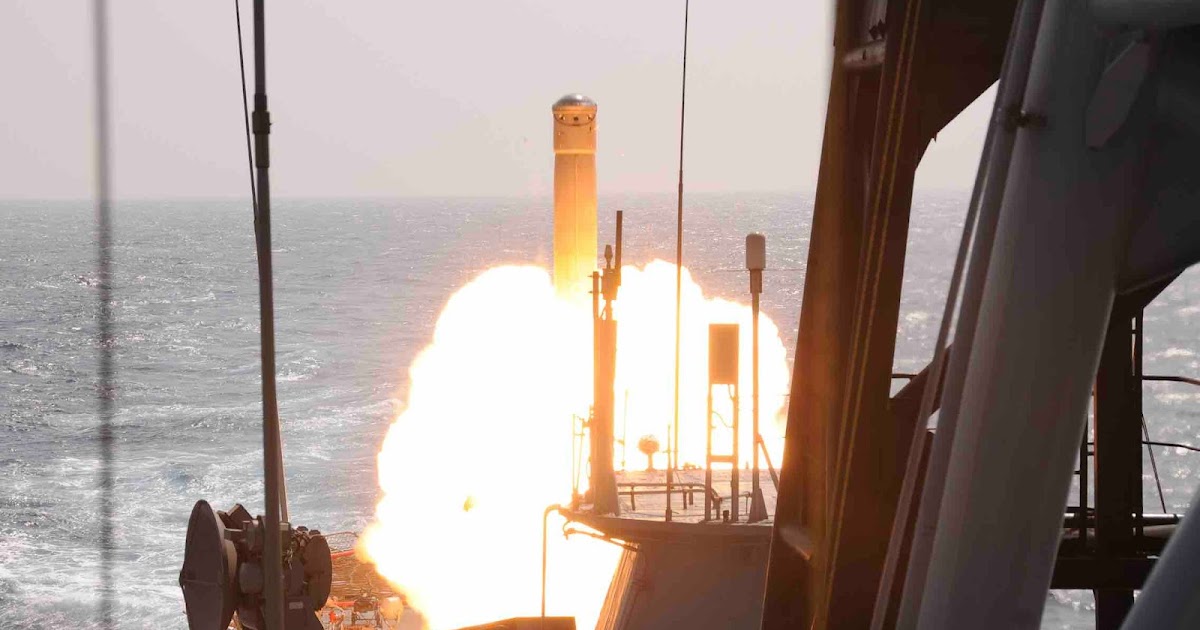
This is India’s biggest ever overseas arms sale
By Vikas Gupta
Defence News of India, 29 January 22
Friday’s signing of a $375 million contract with the Philippines to supply 24-30 BrahMos cruise missiles in anti-ship configuration, marks India’s largest-ever overseas arms sale .
“BrahMos Aerospace Private Limited (BAPL) signed a contract with the Department of National Defense of the Republic of the Philippines on January 28, 2022 for the supply of a land-based anti-ship missile system to [the] Philippines,” the Ministry of Defense (MoD) announced on Friday.
The Philippines has contracted for 24 to 30 BrahMos missiles, as well as surveillance and guidance radars, launchers, command and control centers and supply vehicles. BrahMos Aerospace is committed to delivering the entire order within three and a half years.
In 2007, the Indian Army became the first in the world to operationally deploy the BrahMos supersonic cruise missile. Since then, it has placed additional orders for several BrahMos variants, including an anti-ship version, an air-launched cruise missile (ALCM) and a submarine-launched cruise missile (SLCM).
With the Indian Army demonstrating its confidence in the BrahMos, several foreign armed forces inquired about the weapon. Today, the Philippines, facing Chinese intimidation in the South China Sea, became the first foreign military to command the land-based anti-ship cruise missile.
In a hypothetical armed confrontation involving People’s Liberation Army (Navy), or PLA(N) warships attacking the Philippines, the Chinese flotilla would be detected at ranges over 500 km by surveillance radar and BrahMos battery guidance. It would alert the battery command post, which would automatically designate the most appropriate launch vehicles to attack specific targets. As the aggressor missile closed in, the command post would issue the launch order at the appropriate time.
BAPL has undertaken to indigenize the equipment it will supply to the Philippines at a level of approximately 70%. However, company insiders point out that it will be difficult to reach this level in the 42-month period in which the supply must be completed.
The BAPL fought hard for this contract, with its chief, Sudhir Mishra, who retired in November, having visited the Philippines several times during the Covid-19 pandemic.
“The BrahMos export to the Philippines is India’s first-ever arms sale. I’m sure this will set a precedent for others to follow so that we can meet the Defense Minister’s export target of $5 billion a year,” Mishra said.
The BAPL JV was established in February 1998 by an intergovernmental agreement between New Delhi and Moscow, for the stated purpose of designing, developing, producing and marketing the BrahMos supersonic cruise missile.
The name BrahMos was given in honor of the Brahmaputra River in India and the Moscow River in Russia.
BAPL’s share capital of $250 million was contributed by India and Russia at 50.5% and 49.5% respectively. The share capital was later increased by $50 million to accommodate the development of the air-launched version of the missile.
The DRDO has contributed an additional Rs 370 crore towards the infrastructure, technologies, production facilities and systems required for the Indian Armed Forces. Public and private industries from India and Russia have been carefully chosen to be part of the BrahMos consortium.
The first launch of the BrahMos was in 2001. It was witnessed by then Defense Minister Jaswant Singh.
The Navy, which has always supported indigenization, was the first service to come forward. They proposed the destroyer, INS Rajput, to be modified to carry the BrahMos. In 2003, the third flight of the BrahMos was from the ship.
Not yet satisfied, the navy requested that the capability of the BrahMos be proven by live firing on an abandoned ship. A “combat mission” was ordered with an abandoned ship as its target. It was sunk within minutes, and the navy became a strong fan of the anti-ship version of the BrahMos. All Navy warships currently under construction are equipped to carry 8-16 BrahMos missiles each in upright containers.






